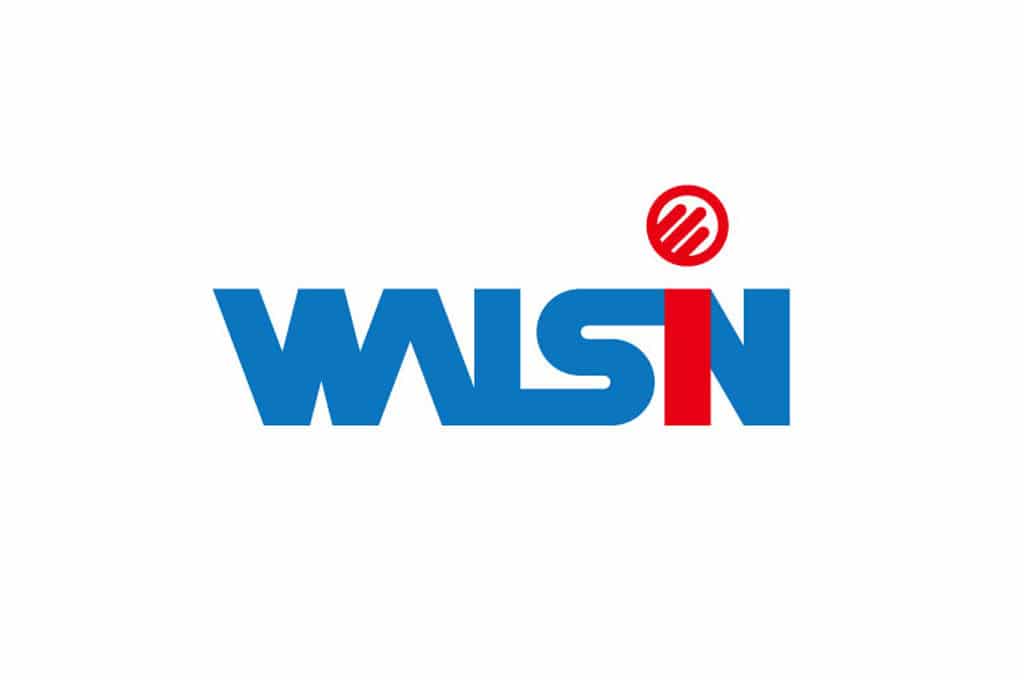Source: Taipei Time News
Passive components maker Walsin Technology Corp (華新科) on Friday last week reported that sales, profit and earnings per share last month showed marked annual increases, which it attributed to capacity expansion, higher production efficiency, and continuous optimization of its product mix and customer base.
The company on Sept. 13 last year implemented a capital reduction of 6.216 percent, which also made a contribution to its financial performance, Walsin said in a Taiwan Stock Exchange (TWSE) filing.
Consolidated sales grew 58.26 percent year-on-year to NT$2.63 billion (US$89.4 million) and net profit surged 295.51 percent to NT$674 million, with earnings per share jumping 321.73 percent to NT$1.39, the filing showed.
The Taoyuan-based company, which has benefited from persistent undersupply in the global multilayer ceramic capacitor (MLCC) market since the first half of last year, released the monthly results at the request of the stock exchange due to an unusual spike in its stock price in recent sessions.
Shares fell 9.39 percent to NT$164 in Taipei trading on Friday, but rose 23.77 percent for the week. The stock jumped 49.77 percent over the past month, compared with the broader market’s 2.1 percent decline over the period, TWSE data showed.
Walsin competes with Yageo Corp (國巨) and Chilisin Electronics Corp (奇力新) in Taiwan, as well as Rohm Co Ltd and Murata Manufacturing Co Ltd in Japan and Samsung Electro-Mechanics Co Ltd in South Korea.
In the first quarter, Walsin reported record-high consolidated sales of NT$6.71 billion, up 45.25 percent annually, which the company attributed to strong demand in the overall passive component market and a steady increase in niche product shipments.
The market expects Walsin to continue benefiting from rising prices, as the global MLCC industry has entered a long-term boom.
“The imbalance between global MLCC supply and demand is unlikely to be resolved in the short term, as it stems from structural factors, and it should continue into 2019,” KTB Investment & Securities Co Ltd said in a client note on Friday.
The securities firm said that Murata has been scaling down ultra-compact MLCC production to focus more on automotive-use MLCCs, while time needed to procure equipment for capacity expansion is 14 to 18 months, aggravating the supply shortage.
In addition, the automotive electronics, 5G and Internet of Things sectors appear to be generating plenty of MLCC demand, it said.
“We expect MLCC capacity to grow only 10 percent annually, while demand growth is projected to be more than 20 percent each year. The MLCC boom is likely to continue through 2018 and 2019,” KTB Investment said.
